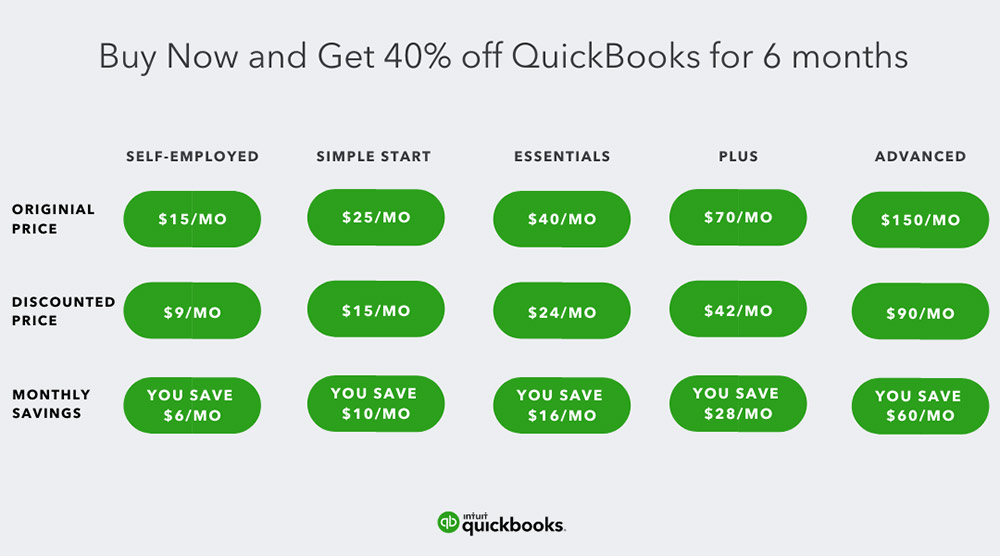This post may contain affiliate links. Read about our privacy policy.
Pricing your goods and services in the retail market can seem like a guessing game. What’s fair? What will actually pull a profit? How do you decide what to charge?
It’s a basic numbers game. Your goal is, of course, to make money, but also to provide your customer with a product or service at a value they can afford and are willingly to pay, hopefully, over and over. In fact, pricing your products and services properly is one of the secrets to long-term business success.
In my experience, I have seen three major pricing problems.
- “I can do it cheaper” model
- Timid undercharging model
- Overcharging
These pricing practices can have devastating results on the bottom line. Here’s why.
“I can do it cheaper”
At first glance, this seems like a solid bet. Research your competitors and simply charge less. The theory here is that your good/service, as the cheapest available, will get the most customers, and the sheer volume of clients will push your business into high profits.
This would be the case with a fixed cost pricing model, but with production, you need to use a variable cost pricing model. Variable costs may include labor, commissions, and materials, and are based on output produced. So basically, the more you sell, the higher your costs become until you cannot afford to make your products and then have nothing to sell. Bummer.
Cheaper isn’t always better, but if you feel strongly about offering this pricing structure, consider selling only one item at this incredible rate and then upselling from there. For example, offer the cheapest oil change, and then charge more for full-service mechanic work (notice I said “more,” not overcharge).
Timid undercharging
Timid undercharging is when you are afraid to ask for a certain amount, so you just don’t. Maybe you’re afraid that charging more will turn off too many customers and potential customers. Maybe you’re not sure the market will sustain that rate. Whatever the reason, undercharging in this way can seriously hurt your company in more ways than you think.
The idea that you “get what you pay for” is ingrained in many of us. That’s why getting a $20,000 plastic surgery in Mexico for only $1,000 sets off red flags. The consumer begins to wonder why your product is so cheap. If I suddenly saw an iPhone 12 advertised for only $50, I would definitely turn down that offer. Some things just shouldn’t be that cheap.
Don’t be afraid to charge what you truly think your good/service is worth! You’re looking for the right buyer, not the cheapest buyer.
Overcharging
On the exact opposite side of the spectrum, overcharging can be just as detrimental. Buyers have become increasingly more savvy and are almost always checking out the competition. If you charge too much, your buyer is simply going to find someone else to fill that need.
Put yourself in your customer’s shoes. Would you pay that much?
Unfortunately, there is no perfect formula for calculating pricing across all businesses or markets. You need to know your market, know your customer, know your competition, and definitely know your costs and target revenue when making any calculations. The good news is that there is tremendous flexibility in how you can handle your pricing structures. The bad news? Yup, that same flexibility can leave you feeling lost with too many options.
Before you call it quits, just remember the first step is knowing what not to do. Once you are firmly set on that front, you can tackle this problem with intelligence, awareness, and success.
Stay tuned for PART 2: How to Successfully Price Your Product or Service
Disclaimer: This post includes affiliate links, and I will earn a commission if you purchase through these links. Please note that I’ve linked to these products purely because I recommend them and they are from companies I trust. There is no additional cost to you.


